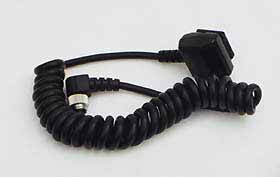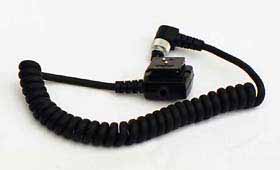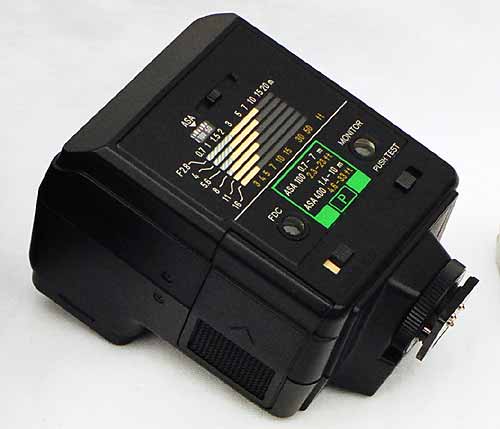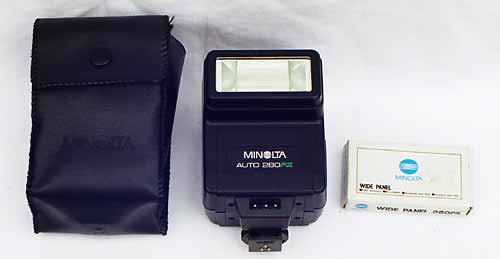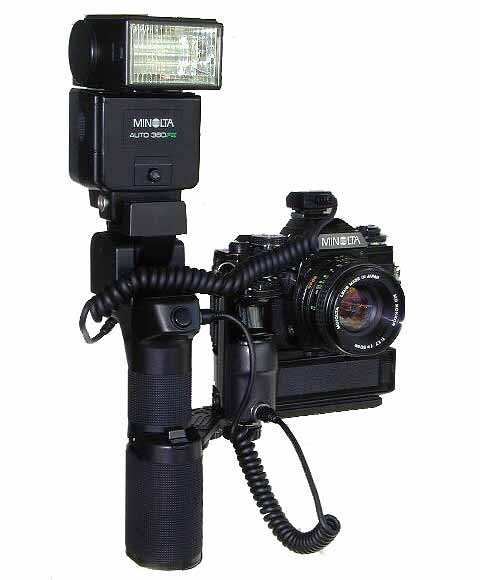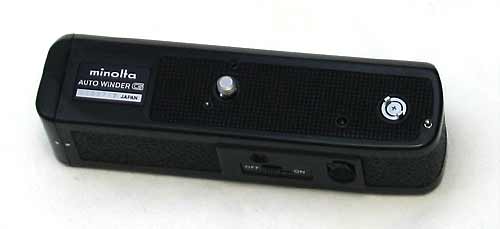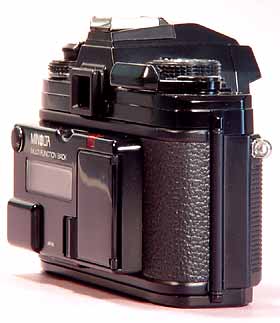The
Wireless Controller IR-1 set allows cordless remote control photography
from up to 60 metres away for any Minolta camera with an electromagnetic
shutter release and a cable socket. When connected on the X-700 the controller
can be set for continuous or single frame operation, and when it senses
the infrared pulses emitted from the transmitter it sends a signal to
trigger the shutter release.
Particularly
useful for nature photographers, the remote release enables the X-700
to be set up very close to the subject (ie. a bird’s nest), prefocused
and then triggered from a distance.
As
an extra bonus for X-700 users, when the camera is set to "B"
the unit can be set up so the first press of the trigger opens the shutter,
and the second closes it. This is a great feature when the photographer
is 'painting with light" using multiple flash bursts on a distant
object (eg. a building), and accordingly would prefer to trigger the long
exposure from a distance.
I
personally like to use the IR-1 Set at weddings, setting one body up with
the set and a wide angle lens overlooking the chapel (eg from an alcove
or even behind the altar). That way I can unobtrusively take pictures
of the entire room while
still focusing my own attention on the couple.
The IR-1 Set comes in various guises,
my version is the IR-1 (n) set, which was released shortly after the introduction
of the Minolta 7000 Autofocus camera. Accordingly it includes both the
IR-1(a) cable (for those cameras with standard cable release socket) and
the IR-1(c) cable (for use with the autofocus bodies). There was also
a IR-1(b) cable that was specifically for use with the XK Motor camera.
The IR-1 Set in its various guises normally sells for US$110-$125 on ebay,
but make sure the set has the cable you require! Often they are sold without
cables, and finding replacement IR-1(a) cables is near impossible, and
very expensive (around US$50).
|



